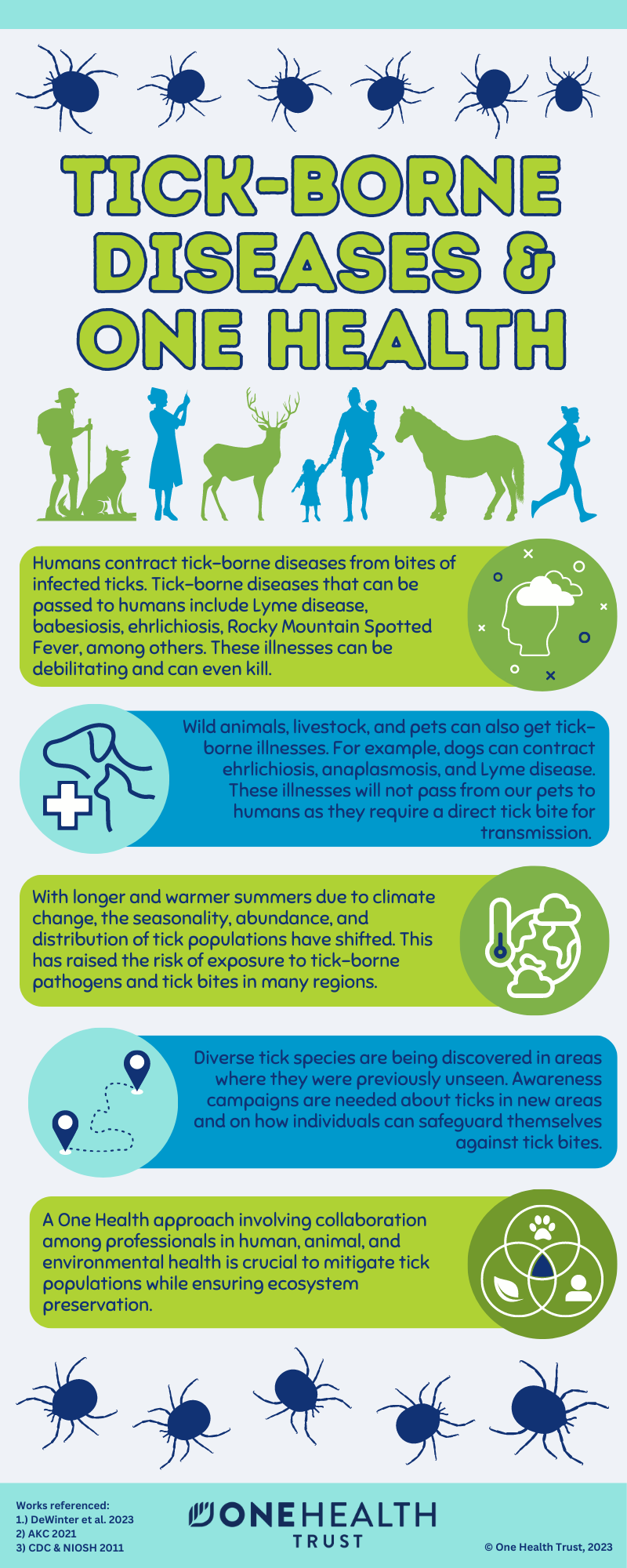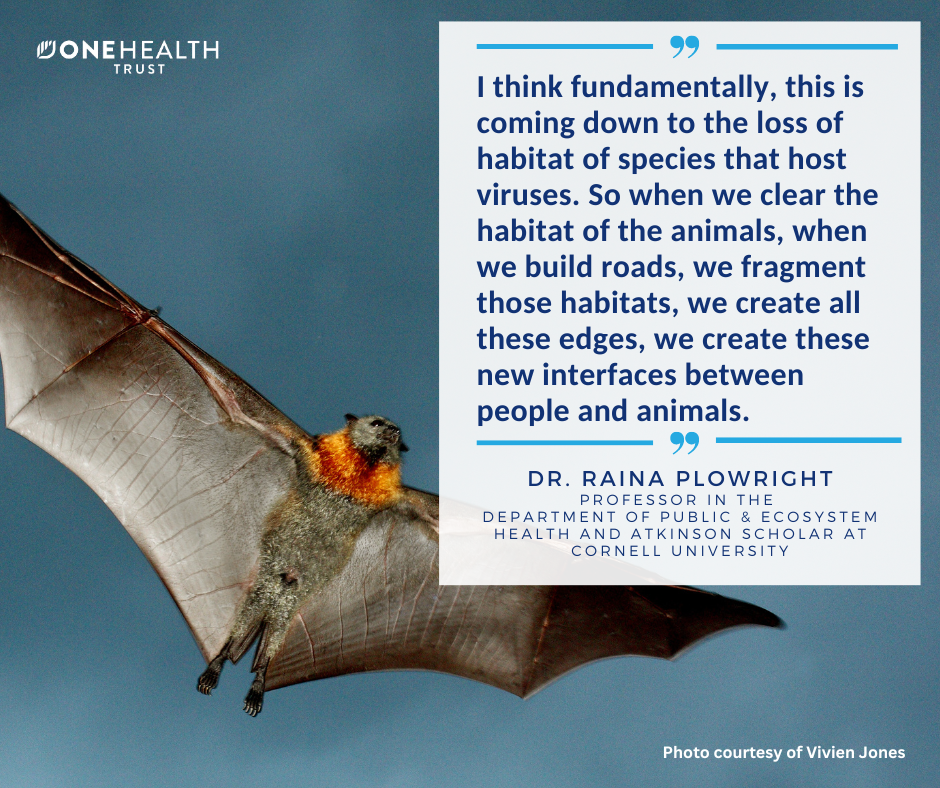
December 13, 2022
Electronic waste, also known as E-Waste, is discarded electronic or electrical devices. E-waste requires proper disposal and should not be dumped in general waste facilities
Advancements in electronics that have revolutionized healthcare, transportation, entertainment, commerce, and how we socialize, have also had a severe impact on human health and planetary viability because of a steady increase in e-waste generation worldwide.
The degradation of e-waste exposes humans, animals, and the environment to toxic materials like mercury, lead, nickel, brominated flame retardants, and polycyclic aromatic hydrocarbons (PAHs).
To reduce e-waste, individuals can ensure they find a center that correctly disposes of it and try to use electronic devices for longer, delaying the purchase of new items.
53.6 megatonnes of E-waste was generated globally in 2019. It is projected that e-waste produced yearly will more than double to 110 megatonnes by 2050.











